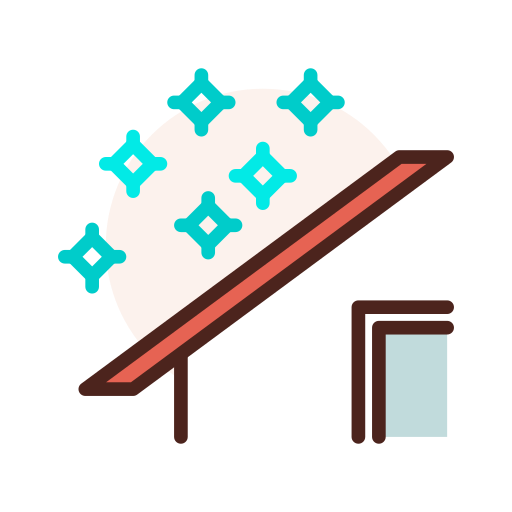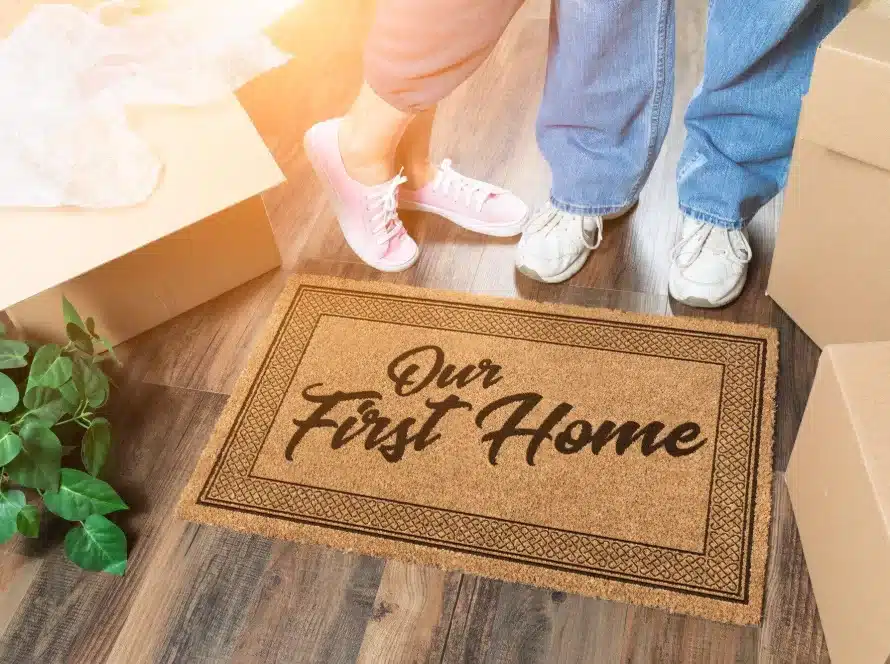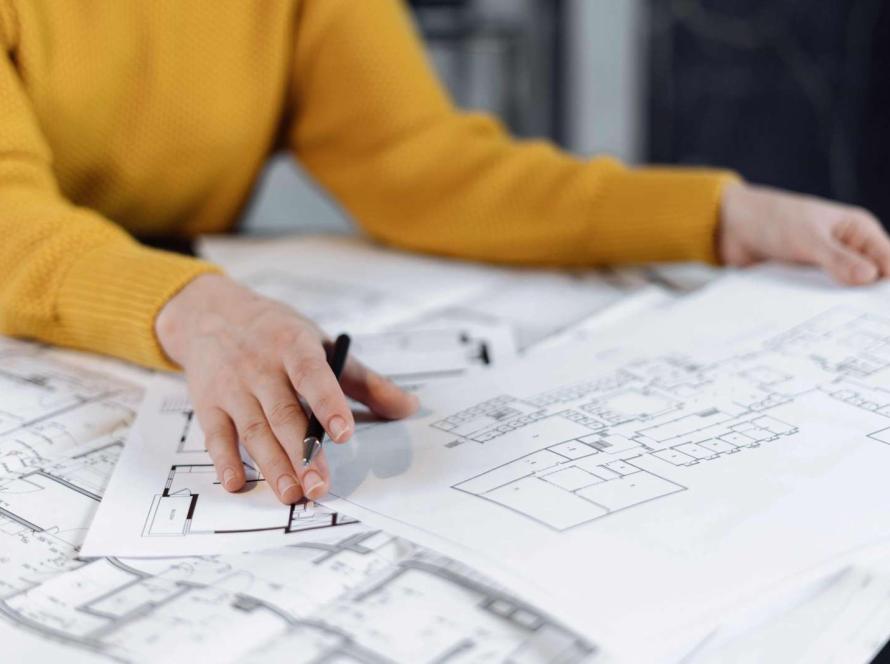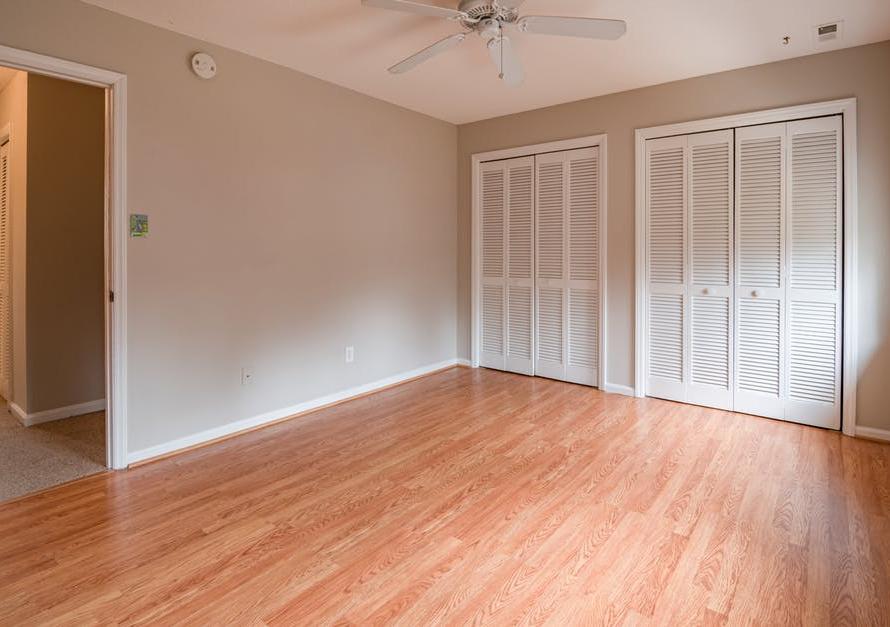Buying a home is one of the biggest decisions we make in life. It’s exciting, but it can also be nerve-wracking, especially when it comes to making sure the house is in good shape.
And with 93% of home buyers experiencing post-purchase regret, you want to make sure you do your due diligence before forking over the funds. That’s where a home inspection comes in.
It’s an opportunity to give the house a thorough check-up before you commit to buying it. But just like a doctor looks for signs of illness, a home inspector looks for signs of trouble. These warning signs are what we call “home inspection red flags.” They’re the things that could turn into big headaches if they’re not caught early.
In this blog, we’ll talk about eight of these red flags to keep an eye out for when reviewing your home inspection report. By knowing what to look for, you can make sure you’re making a smart choice when buying your dream home.
1. Foundation Issues
When it comes to the place you call home, you want it to be solid and sturdy. That’s why it’s crucial to pay attention to the structural integrity during a home inspection. Structural concerns are like the backbone of the house – if there are problems here, they can affect everything else.
The first red flag to watch out for is cracks in the walls or foundation. These can indicate underlying issues that might need costly repairs down the line. Another red flag is a sagging roof or floors.
This could be a sign of structural damage or improper construction. If you notice any of these red flags during your home inspection, it’s essential to address them promptly.
Another important thing to keep in mind is that insurance companies are hesitant to provide coverage for homes with structural issues (or they may charge higher premiums). Without adequate insurance coverage, you’re left vulnerable to financial losses in the event of property damage or accidents.
Moreover, homes with structural issues typically have lower property values. This means if you choose to sell in the future, you may struggle to recoup your investment or attract potential buyers, resulting in even more financial loss.

2. Pest Infestations
Bugs and rodents might seem small, but they can cause big problems down the line. Termites and other wood-destroying insects are one of the top red flags to watch for. These tiny creatures can wreak havoc on the structure of your home, leading to costly repairs.
Another red flag is evidence of a rodent infestation, like droppings or chewed wires. Not only can rodents damage your home, but they can also pose health risks to you and your family.
Rodents, for example, can transmit diseases through their droppings, urine, and saliva. If you spot any signs of pests during your home inspection, it must be addressed promptly to prevent further damage. Pests are likely to multiply and spread throughout your home if left unchecked. This makes eradication efforts more challenging and expensive in the long run.
Additionally, a home with a known pest infestation may be less desirable to potential buyers in the future. Even if you address the infestation later on, the stigma associated with pests can affect the resale value of your home.
3. Mold and Mildew
Nobody wants to deal with mold or mildew in their home. Unfortunately, it’s a common problem that can have serious consequences. One of the most obvious red flags is visible mold growth or musty odors. Especially in areas like basements, bathrooms, or attics where moisture tends to accumulate.
Evidence of water damage, such as stains or discoloration on walls or ceilings, can also indicate a potential mold problem. Mold not only damages your home’s structure but can also pose extreme health risks.
The remediation costs for mold damage typically range from $1,100 – $3,400, with larger-scale projects costing significantly more. However, simply removing the mold may not be sufficient, especially if the underlying moisture problem that caused the mold growth is not addressed. Fixing issues such as leaks or poor ventilation only adds to overall repair costs.
4. Plumbing Problems
A smoothly running plumbing system is essential for any home, and issues in this area can be costly and disruptive. One red flag to watch for is any signs of leaks, corrosion, or water pressure issues. These could indicate underlying issues with the pipes or fixtures that may need immediate attention.
Signs like water stains on walls or ceilings, dampness in cabinets, or slow drainage in sinks and showers should not be ignored. Leaks or plumbing issues left unaddressed can lead to water damage in the walls, floors, and ceilings of your home. This damage can weaken structures, cause mold growth, and result in costly repairs.
Plumbing problems can also lead to water wastage, causing your water bills to skyrocket. A sudden increase in your water bill can put a strain on your household budget, potentially leading to financial difficulties. Higher water bills mean less disposable income for other essential expenses, such as groceries, utilities, or savings.
Water wastage not only impacts your wallet but also contributes to the wastage of valuable resources. Conserving water is essential for environmental sustainability, and excessive usage due to plumbing issues goes against conservation efforts.
5. Hidden Hazards
While some issues might be easy to spot during a home inspection, others lurk beneath the surface, presenting hidden dangers. It’s essential to be aware of these potential hazards and take steps to uncover them.
One common hidden hazard is asbestos, often found in older homes in insulation, flooring, or ceiling tiles. Another is lead paint, prevalent in homes built before 1978. Exposure to these substances can pose serious health risks, especially to children and pets.
Asbestos exposure is linked to lung diseases such as mesothelioma and asbestosis. Lead exposure, especially in children, can cause:
- Developmental delays
- Learning disabilities
- Other neurological problems
During a home inspection, it’s important to ask about the presence of these hazards and consider hiring specialists for further testing if necessary. Ignoring known hazards can leave you legally liable for any harm caused to occupants or visitors of the property. This could result in costly lawsuits and legal expenses.
By uncovering and addressing hidden hazards early on, you can ensure a safer living environment for you, your family, and guests.
6. Electrical Issues
A home’s electrical system is like its nervous system – it powers everything from your lights to your appliances. During a home inspection, the inspector will assess the condition of the electrical system. This includes:
- Wiring
- Panels
- Outlets
- Switches
If a home has old wiring or an outdated electrical panel, it could be a recipe for trouble. Typically, these systems are not equipped to handle the demands of modern appliances, leading to potential hazards like electrical fires.
Keep in mind that homes with electrical issues may not meet current building codes and regulations. Ignoring these issues could result in fines or penalties from local authorities. It can also complicate future renovations or resale of the property.
For these reasons, insurance companies may be hesitant to provide coverage for homes with known electrical issues or may charge higher premiums to offset the increased risk. In extreme cases, they may even deny coverage altogether.

7. Roofing Problems
The roof is your home’s first line of defense against the elements. So it’s essential to ensure the roof is in good condition. One red flag to watch for is missing or damaged shingles. This allows water to seep into your home, leading to leaks and water damage.
Additionally, signs of sagging or uneven areas on the roof may indicate structural issues that need addressing. Look for signs of moss or algae growth, as this can signal excess moisture and potential roof decay.
It’s also important to inspect the gutters and downspouts for clogs or damage. This can cause water to overflow and damage the roof and siding. If your home has a chimney, make sure it’s checked for any cracks or missing mortar, as these can compromise its stability and lead to leaks.
8. Poor Ventilation and Insulation
Proper ventilation and insulation are essential for maintaining a comfortable and energy-efficient home environment. Poor ventilation can lead to issues such as excessive moisture buildup. This can contribute to mold growth and indoor air quality problems. Signs of inadequate ventilation include musty odors, condensation on windows, or excessive humidity levels.
Similarly, insufficient insulation can result in energy loss, leading to higher utility bills and difficulty maintaining a consistent indoor temperature. Signs of poor insulation may include:
- Drafts
- Uneven temperatures between rooms
- Visible gaps in insulation materials
Don’t Let Home Inspection Red Flags Turn into Regrets

Compare Quotes from Top-rated Remodeling Contractors in your area.
Being aware of home inspection red flags is key to ensuring a safe and sound investment. By keeping a close eye, you can catch potential problems early and address them effectively.
At Alpha Living, we understand the importance of maintaining a safe, up-to-date, energy-efficient, and beautiful home. That’s why we’re committed to connecting you with highly-rated contractors who can help address any issues identified during your home inspection.
Just tell us what kind of contractor you need and provide your zip code to receive a free estimate from top-rated contractors near you.





Facebook
Comments